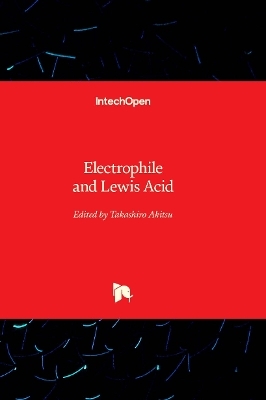
Electrophile and Lewis Acid
Seiten
2023
IntechOpen (Verlag)
978-1-83769-571-3 (ISBN)
IntechOpen (Verlag)
978-1-83769-571-3 (ISBN)
The subject of this book is the basics of chemistry that "want" electrons to form chemical bonds. Covalent bonds are generally represented by "lines" in structural formulas in organic chemistry. A single line of a single bond represents an "electron pair." Organic chemistry textbooks use arrows to indicate the flow of electrons to represent the creation or disappearance of bonds between atoms. There are electron-rich atoms and electron-poor atoms, which are donors (nucleophiles) and acceptors (electrophiles), respectively. Protonated ions and metal complexes form "coordination bonds." An electron pair (i.e., two electrons) is given from one atom (Lewis base, coordinating atom) to another atom (Lewis acid, metal ion), that is, there is a "bias" in donating electrons. However, once the coordination bonds are formed, the four N–H bonds of the ammonium ion are just four indistinguishable “equivalent” covalent bonds. They are classified according to the nature of the atoms that form chemical bonds, but the actual subjects are potentially wide-ranging from organic chemistry to inorganic coordination chemistry, from s- or p-block elements to d- or f-block elements, and from basics to applications.
| Erscheinungsdatum | 01.06.2024 |
|---|---|
| Verlagsort | London |
| Sprache | englisch |
| Maße | 175 x 254 mm |
| Themenwelt | Naturwissenschaften ► Chemie ► Organische Chemie |
| ISBN-10 | 1-83769-571-7 / 1837695717 |
| ISBN-13 | 978-1-83769-571-3 / 9781837695713 |
| Zustand | Neuware |
| Informationen gemäß Produktsicherheitsverordnung (GPSR) | |
| Haben Sie eine Frage zum Produkt? |
Mehr entdecken
aus dem Bereich
aus dem Bereich


